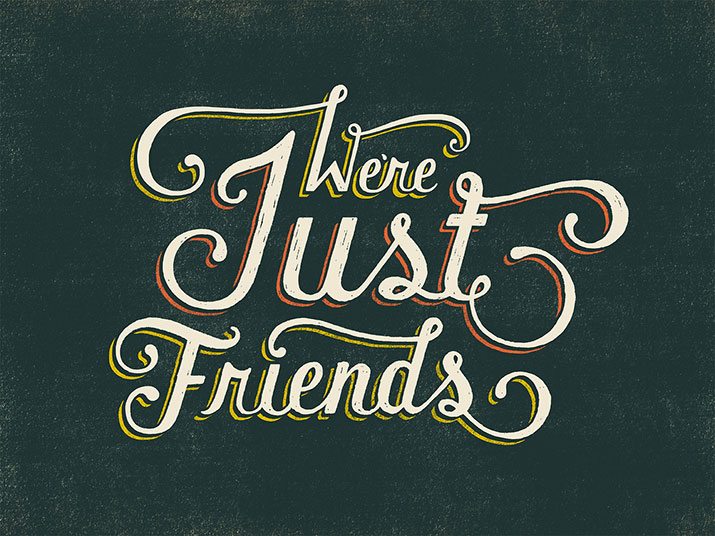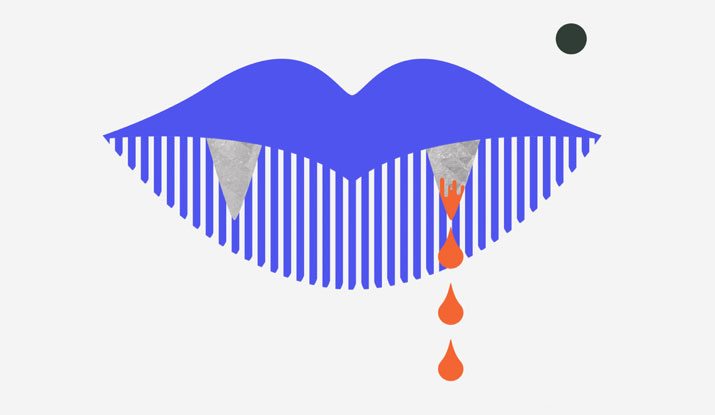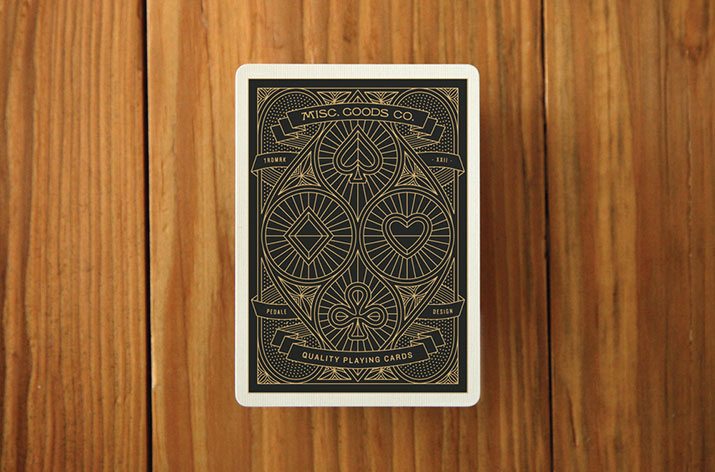How to Creatively Market Yourself as a Designer
Sometimes it seems like every time you jump online, you read about a talented new designer who’s making it big with their latest project. There are a lot of wonderful designers out there, and the constant showcasing of others’ skills makes it feel all the more like you’re lost in the crowd. It’s not enough anymore to have a solid portfolio and work experience; if you really want to stand out in today’s market, going the extra mile in marketing yourself can make all the difference in landing the perfect job, or getting some great freelance projects going.
When you’re considering all the ways that you could market yourself, the most important thing to take into account is how much of a time commitment you can realistically make. Don’t overstretch yourself with a daily blog entry or illustration unless you think you’ll be able to do a great job on it. There are many different levels of requirement for projects that can make a difference in your career; choose what works for you.
2 Million+ Digital Assets, With Unlimited Downloads
Get unlimited downloads of 2 million+ design resources, themes, templates, photos, graphics and more. Envato Elements starts at $16 per month, and is the best creative subscription we've ever seen.
Start a Personal Project
The best thing about embarking on your own personal project is that you have free reign to make something that exactly suits your talents and interests, all at your own pace. In fact, the only drawback is that people might not see your project. So make sure that if you do this, you post it on several major portfolio showcase sites, and also email your favorite blogs, politely asking them to feature your project.
Artistic Projects

For personal projects that have taken off, they sometimes even define the career of a designer. Take Nicholas Felton, whose Annual Reports got him so much attention that he now works at Facebook. There’s a world of other ideas out there besides infographics.
Daily Dishonesty by Lauren Hom has garnered a large following, and the designer now sells prints of her hilarious designs.

Teeth and Hair by Eirian Chapman is a beautiful example of the oddball ideas you might find to inspire you in your project.

Tyler Deeb created a great design for a pack of cards, and used Kickstarter to fund his project.

Interactive Projects

These are less common than purely artistic projects, so there’s more room for creativity and recognition. A good example can be found in Comic Sans Criminal by Matt Dempsey, which has become wildly popular since its release in 2011.
Apparently the site received over 250,000 visitors and 25,000 Facebook likes within 48 hours of its launch. So you can see that there’s enormous potential out there for a creative idea that’s been executed cleverly. You could also try a meatier topic that’s more about education than entertainment; this guide to cloud computing is a great example of the plethora of useful topics that could be covered.
Build Your Personal Brand
One of the best things about really spending time on your personal brand is that you can then ask for exposure online, in the same way that you would for a personal project. And at the same time, you’re doing work that you can use for job interviews and a host of other interactions.
Personal branding, more than any other type of project, determines how people view your style of work and your level of expertise.
Personal branding, more than any other type of project, determines how people view your style of work and your level of expertise, so it’s important to lavish a lot of care and thought into it. Both of these designers took a unique, handmade approach that has helped them to stand out:
Tommy Perez’s Business Cards

Daniel Renda’s Identity System

Write a Blog
One of the best ways to get recognition and work opportunities is to write a blog. It’s a good way for people to get to know your personality, understand the motivations behind your design decisions, and see that you have a passion and enthusiasm for design that goes beyond your 9 to 5.
Your blog doesn’t have to be specifically about design to be a great marketing tool; the same great goals can be accomplished by covering other topics. But if you approach your blog with a designer’s eye and mind, it’ll be all the more relatable to your career goals.
There are a lot of things to take into account when deciding to start your own blog. It’s best to get your own domain name, and find a good CMS, such as WordPress, that has all the features you might need to add in the future as your popularity grows. Consider whether you have:
- A unique perspective or expertise in a particular area
- A passion for your topic
- Ideas for recurring columns and features
- Enough time to write, and the ability to write well
- The capacity to stay on a regular posting schedule
- The ability to push through initial disappointment
If you feel like you have all those things, starting a blog might be the perfect way to develop new relationships and find opportunities for furthering yourself in your field. There are three major topics that you might want to consider tackling:
- Inspiration: Everyone loves looking at curated designs with intelligent commentary.
- Freebies: Sharing high-quality typefaces, icon packs, or other resources you’ve created makes people appreciate your generosity.
- Tutorials: These are really just another kind of freebie, and as such are also a great way to get links and demonstrate your expertise.
Showcase Your Portfolio
Another way to make your presence known in the design community is to join some of the many sites that are dedicated to showcasing creative work. Some of the most popular ones include:
All of these sites make it easy to display your work, as well as find other portfolios for sources of inspiration. You can also get eyes on your portfolio by entering awards competitions, of which there are many, including AIGA’s 365/Design Effectiveness Competition, and the American Design Awards.
Don’t Forget the Basics
In addition to all these ideas, it’s important to remember traditional networking techniques. Sometimes it’s difficult to put yourself out there, but there’s nothing like good old-fashioned networking for making the right kind of connections. There are so many events and opportunities for interaction within the design world, and as a rule, experienced designers are happy to give a leg up to eager, deserving beginners.
Join AIGA and go to events; there’s usually a full roster of interesting AIGA-sponsored activities and workshops in every major city, and each event is full of opportunities to make connections. Enter into the discussions in the comments section of your favorite blogs; you might spark a connection with another commenter.
Once you’ve had some interaction with another designer, look them up on LinkedIn and request a connection. Then, stay in touch in a casual, approachable manner. Maybe drop them a line from time to time about some new work that you’ve posted on your online portfolio, or a great design resource that you thought they’d be interested in seeing.
Make sure to not seem overly pushy or intrusive; you want to stay in their minds as a possible resource, not as a burden. These efforts, in combination with a creative project or two, are the perfect combination for finding all sorts of opportunities opening up to you.


